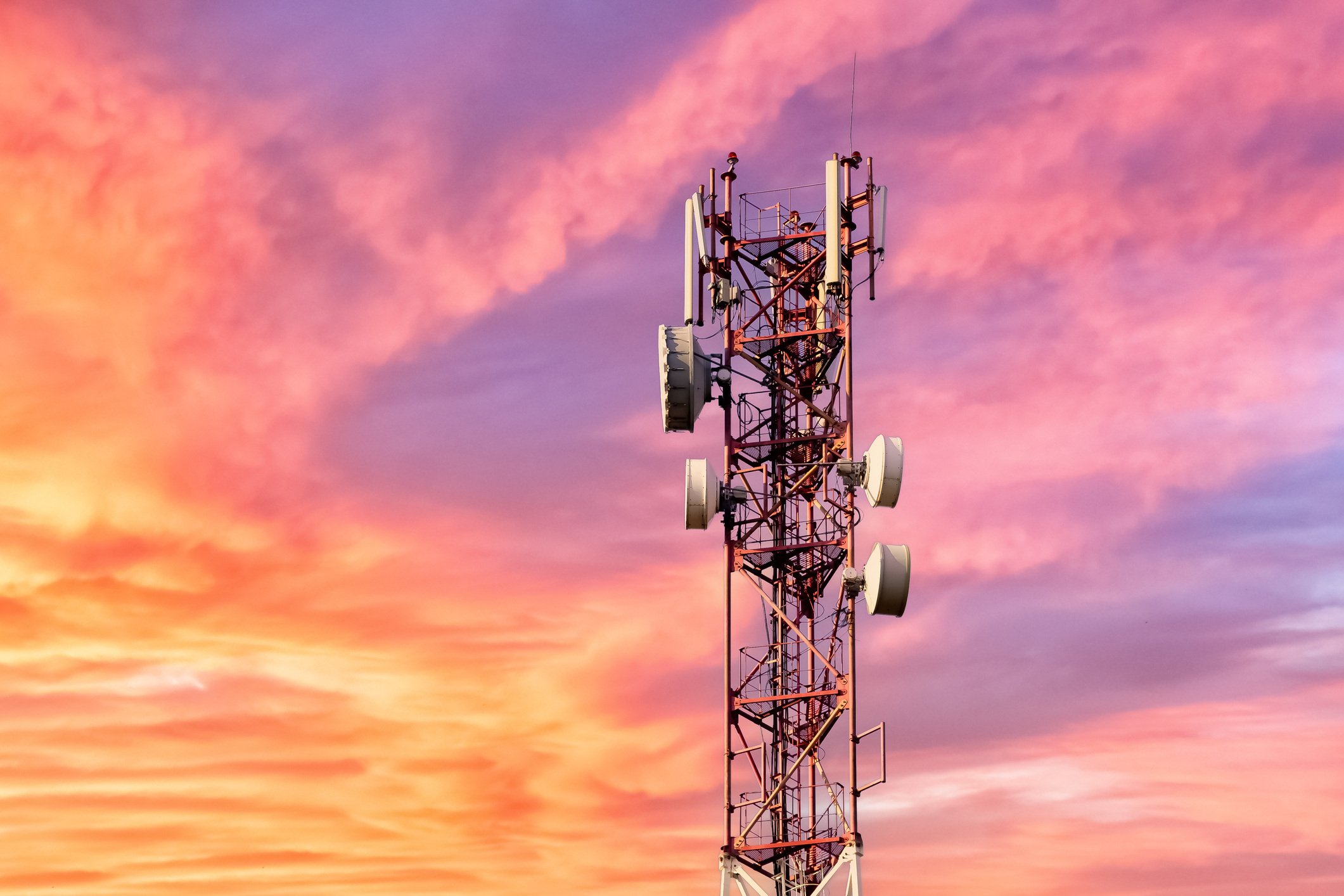
- April 2025 (1)
- March 2025 (2)
- February 2025 (1)
- December 2024 (2)
- November 2024 (2)
- August 2024 (2)
- June 2024 (3)
- May 2024 (3)
- April 2024 (1)
- March 2024 (3)
- February 2024 (2)
- January 2024 (2)
- December 2023 (1)
- November 2023 (2)
- October 2023 (2)
- September 2023 (1)
- August 2023 (1)
- July 2023 (2)
- June 2023 (3)
- May 2023 (2)
- April 2023 (1)
- March 2023 (4)
- February 2023 (1)
- January 2023 (2)
- November 2022 (2)
- October 2022 (1)
- September 2022 (1)
- August 2022 (2)
- July 2022 (2)
- June 2022 (2)
- May 2022 (1)
- April 2022 (3)
- March 2022 (1)
- February 2022 (3)
- January 2022 (2)
- December 2021 (1)
- November 2021 (1)
- October 2021 (2)
- September 2021 (3)
- August 2021 (1)
- July 2021 (4)
- June 2021 (1)
- May 2021 (2)
- April 2021 (2)
- March 2021 (2)
- February 2021 (3)
- January 2021 (3)
- December 2020 (1)
- October 2020 (1)
- August 2020 (1)
- August 2019 (1)
- January 2019 (2)
- September 2018 (5)
- June 2018 (1)
- November 2017 (1)
- September 2017 (1)
- July 2017 (1)
- May 2017 (1)
- January 2017 (1)
- October 2016 (2)
- August 2016 (1)
- July 2016 (1)
- June 2016 (1)
Subscribe by email
IoT devices generate, store, analyze, and transmit large amounts of data, but managing this data can be costly. IoT sensors continuously collect data from their surroundings that is then transferred over a cellular network to the cloud, where it is processed and stored. The true value of many IoT devices lies in the data insights they provide to consumers and businesses. For IoT applications like asset tracking, remote monitoring, and predictive maintenance, near real-time data flow can be essential; however, OEMs and other IoT solution providers must bear the costs of connectivity for data transmission and other ongoing costs like the cloud infrastructure needed for data storage.
With over a decade of experience in IoT data and device management, we’ve learned how to help OEMs customize plans to balance usage and coverage cost-efficiently. We can equip you with the knowledge and services needed to manage and monetize data for different use cases with a robust data management platform.
What is an IoT data plan?
An IoT data plan is a service package or subscription offered by network operators or service providers to manage the connectivity and data usage of IoT devices. Data plans specify the amount of data that can be transmitted or received by IoT devices over a cellular network. They also define the type of connectivity available to IoT devices and the coverage areas.
Costs associated with IoT devices include both access to the cellular network and the usage and exchange of data. Zipit price plans are designed to include the cost of ongoing device connectivity and data usage, making for a much simpler and more straightforward experience that helps customers more easily understand their total cellular costs.
IoT devices typically use SIM cards tied to specific data plans that allow the device to connect to a cellular network, authenticate its identity, and establish a data connection. By associating the SIM card with a specific IoT data plan, you can manage the data usage and connectivity for each device in an IoT deployment.
Zipit’s subscription billing platform streamlines the management of IoT SIMs, cellular activations, and data usage in one place. We’ll also lend our expertise to help you find the best SIM for your IoT use case.
How IoT data plans are structured
IoT data plans can be structured in a variety of ways, but some are better suited for IoT than others.
Data pooling
Data pooling shares data among the devices to mitigate wasting unused data in devices with lower usage. However, overages are still common even when IoT data plans allow for data pooling. Data pooling assumes that the usage of different devices will average out and remain within the shared data allowance. However, in reality, data usage patterns vary significantly among devices and still exceed the pooled allowance. Data pooling also fails to accommodate unpredictable spikes in data usage, so if a few devices spike, it affects the shared pool.
Prepaid SIMs
IoT devices can use prepaid SIM cards, where data is purchased in advance and allocated to the devices as needed. Standard pre-paid plans require you to buy a new SIM if you run out of data. So you should make sure that prepaid IoT SIMs permit you to top-up or recharge the data as required. Prepaid SIMs with the ability to top-up data give greater control over data expenses and the ability to manage data allocation on demand.
Unlimited plans
Unlimited data plans give you unrestricted access to data without worrying about exceeding data caps or incurring additional charges. These plans sound great, especially in high-data use cases. However, unlimited plans are expensive and inefficient, and you’ll often pay for more data than you need.
Custom data plans based on average usage
With the right connectivity provider, IoT data plans can be customized based on the average data usage of the devices or the specific requirements of the IoT deployment. Data plans tailored to your average data usage patterns ensure cost-effectiveness and optimal resource allocation.
We understand the importance of tailoring IoT data plans to your specific use case and offer a variety of plans for low to high data usage. Traditional IoT data plans aren’t appropriate for IoT applications with high data usage. Zipit offers a breadth of competitively priced plans for high-data usage IoT applications through our strategic partnerships with network operators. Our platform helps you accurately assign devices to different plans based on their average usage so you don’t see connectivity costs spiral out of control.
Complexities of IoT data plans
1. Managing large-scale device activations
IoT devices are often deployed in large numbers and activated at various times, especially in the case of consumer IoT devices purchased and activated at any time, from any location. Data plans need to accommodate the scalability requirements of IoT deployments, ensuring that they can handle the increasing volume of data generated by a growing number of devices.
However, large-scale device activations may involve diverse use cases and applications with varying data usage patterns. So data plans should offer flexible pricing structures to match your devices' specific needs and usage patterns. Data plans and your device management platform should be agile enough to adjust data allocations for specific devices and activate or deactivate devices as needed. This flexibility simplifies the management of data plans, reduces administrative overhead, and enhances the operational efficiency of large-scale activations.
Learn more: Best Practices for Planning a Successful IoT Deployment
2. Accounting for variable data usage of different IoT devices and use cases
Some IoT devices transmit large volumes of data continuously, while others only transmit occasional small bursts of data. IoT devices also generate different types of data, including sensor readings, images, or videos, with different bandwidth, storage, and processing requirements. IoT data plans should be customizable based on the specific data requirements of each device or use case.
3. Running out of data mid-billing cycle
Any IoT application can have specific requirements and usage patterns, making it difficult to accurately predict the amount of data devices will use ahead of deployment. There may be situations where the allocated data allowance is exhausted before the end of a billing cycle. Trying to choose a one-size-fits-all data plan across all customers and devices, and not factoring in variable data usage can easily lead to high overages that will negatively impact your business, and may just be practically unachievable.
For this reason, pre-paid subscription plans that end customers can self-activate, with the option to top-up data as needed, are often the most cost-effective option for IoT solutions. These plans allow end customers to purchase additional data during the billing cycle to meet unexpected spikes in usage and ensure uninterrupted connectivity.
Learn more: How to Successfully Sell a Subscription for Your IoT Product
4. Managing data for roaming and coverage for global devices
IoT data plans need to ensure seamless coverage when devices are roaming, or moving across different networks or regions. This involves partnerships with multiple network operators, global roaming agreements, and a global SIM card or a single multi-carrier SIM to manage data usage and provide coverage in diverse geographical locations. Your device management platform should allow you to manage all SIMs, no matter where they are located, in one place.
Learn more: The Fundamentals of Global IoT Connectivity
5. Controlling costs while ensuring reliable connectivity
Balancing data usage, consistent coverage, and cost considerations requires careful planning and monitoring. Maximizing cost efficiency requires a data management platform to track usage and provide notifications to help you manage costs and guarantee ongoing connectivity.
Learn more: How to Solve the Challenges of IoT Connectivity
You face several challenges when choosing the most cost-effective data plans, but you don’t have to do it alone. Zipit’s data plans are flexible and scalable for massive IoT deployments, and our platform allows you to activate and deactivate devices and manage connectivity and data plans whenever you need. When you partner with Zipit, we’ll manage all carrier relationships, monitor your data usage, and make recommendations on how you can optimize and monetize your IoT solution.
Solving inefficiencies in data plan management
Implementing best data management practices essential to a successful IoT business. Here are a few real-life examples of how we’ve helped OEMs manage data plans more efficiently.
Example 1: Customers with their network contracts but lacking plan options
We’ve worked with customers who initially obtained data contracts with a Mobile Network Operator (MNO) directly, but they lacked plans that could provide them with adequate data without wasting or paying overages. We were able to assign customer data plans for specific devices to help our customer run their business more cost-effectively.
Example 2: Customers lacking insights on data consumption
Several of our customers lacked insight into how much data their devices were consuming when we started working with them. Zipit's connectivity management platform made it simple to know exactly what devices consume how much data, even across multiple carriers.
Example 3: Customers manually activating devices
Some of Zipit’s OEM customers once relied on internal staff to manually activate new devices for their customers. The staff quickly became overwhelmed as the number of customers and devices grew. Zipit's platform allowed the OEM’s customers to activate their own devices and automated all of the behind-the-scenes activation processes.
Example 4: Customers with prohibitive Minimum Revenue Objectives (MROs)
Customers who once tried to manage carrier relationships on their own had difficulty obtaining direct contracts from MNOs because of prohibitive MROs. Zipit was able to offer them competitive data plans and manage MNO relationships so they didn’t have to negotiate contracts independently.
Example 5: Customers at risk for using unauthorized data plans
Whether knowingly or not, customers have come to us facing financial risks for using data plans in unauthorized ways (e.g., high data usage in a permanent roaming state) that could have resulted in devices being kicked off the network. Zipit has been able to lend our expertise in IoT data plan best practices and requirements to eliminate risks for our customers.
How to manage IoT data plans to avoid creeping costs
- Partner with a reliable connectivity provider who offers extensive coverage and competitive pricing.
- Choose a robust billing platform to manage both connectivity and data usage.
- Monitor data analytics to gain insights into usage patterns. Regularly reviewing data analytics helps you optimize data usage, identify potential efficiencies, and avoid overpaying for unused or underutilized data.
- Monetize your IoT solution for Monthly Recurring Revenue (MRR). By applying a recurring revenue billing model to your IoT solution, you can offset the costs associated with data usage.
At Zipit Wireless, we help OEMs address the challenges of managing IoT data cost-efficiently. We offer flexible and scalable data plans with a platform where you can easily manage data and connectivity, activate new devices seamlessly, and gain valuable data analytics. Our platform allows for self-service and automated SIM management and ties subscription billing to SIM activation, so you can manage your costs and earn monthly recurring revenue.
Contact us to start monitoring and monetizing your IoT data plans.
You may also like:
Related Content
The latest IoT insights and platform updates from Zipit.
IoT devices need flexible network technologies optimized for low-power application...
Every cellular-based IoT device relies on a public or private Access Point Name (A...
The network an IoT device selects significantly impacts the strength and reliabili...



